Before us is a young mother with a child on her knees. First we see full pride in our child’s mother’s face and serious face of the child. Then pay
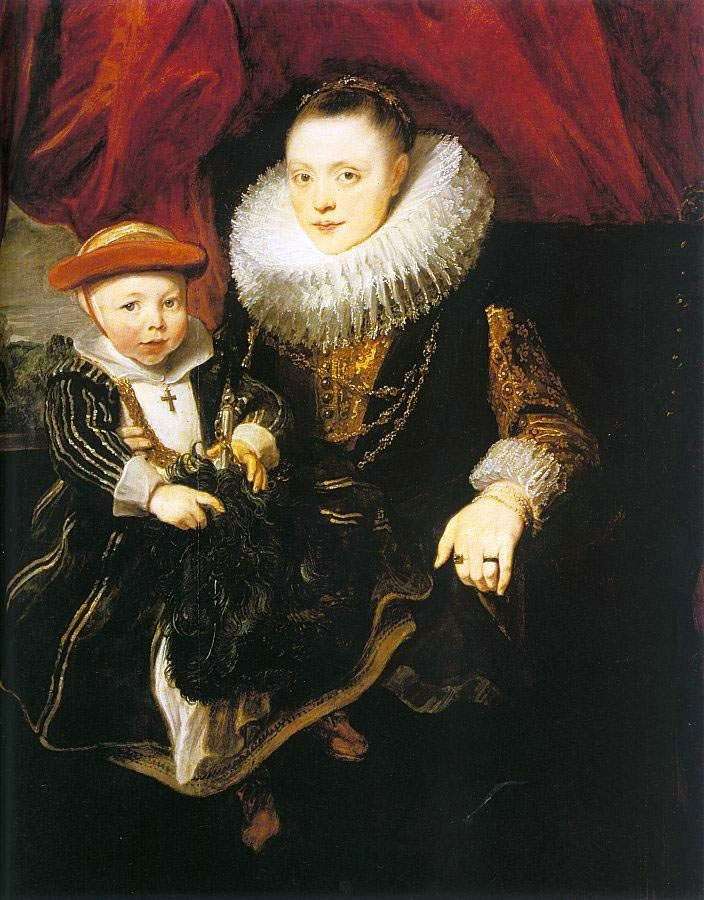

Before us is a young mother with a child on her knees. First we see full pride in our child’s mother’s face and serious face of the child. Then pay
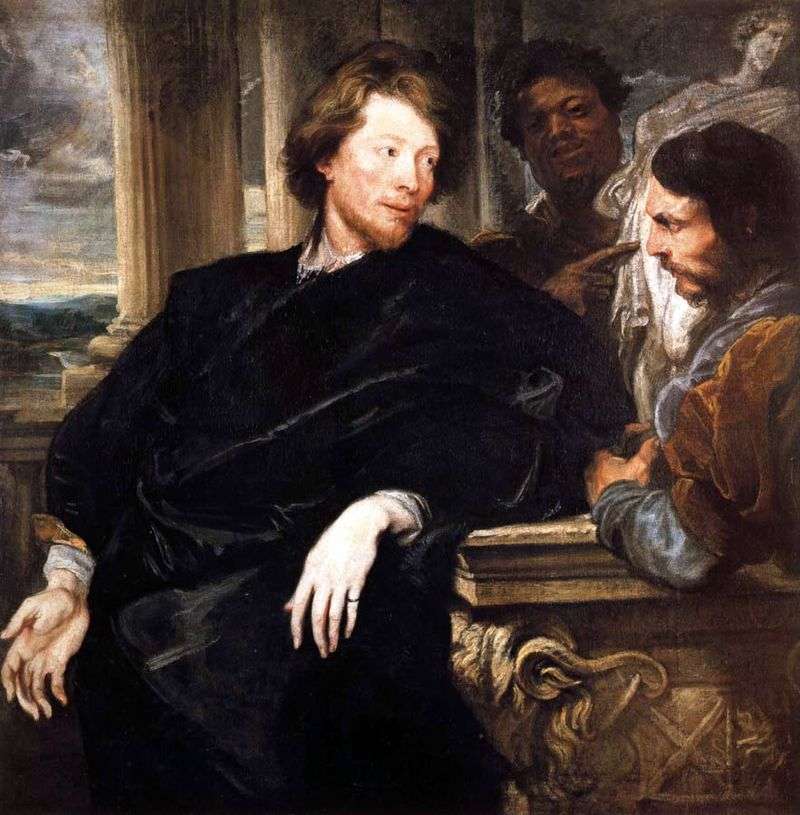
Following the example of Rubens Van Dyke traveled a lot around Italy, studying her artistic heritage. With great attention he treated the masterpieces of Venetian painting, in Rome he was
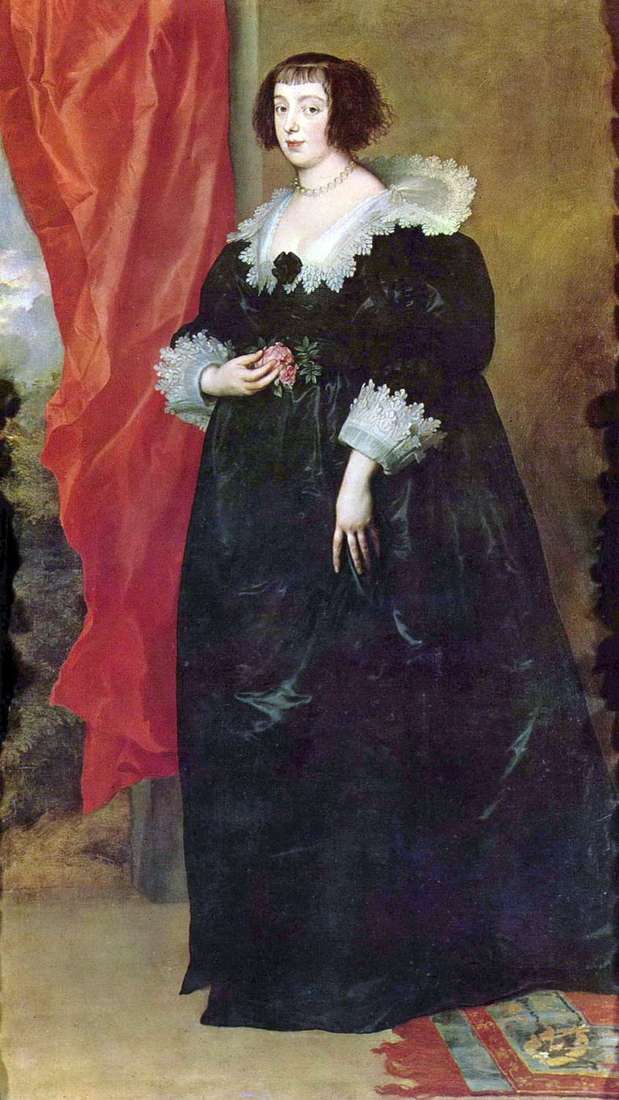
Antonis van Dyck portrays a lot of people of the royal family, but, capturing them in solemn poses, tried to convey the inner world of the depicted people. Characteristic to
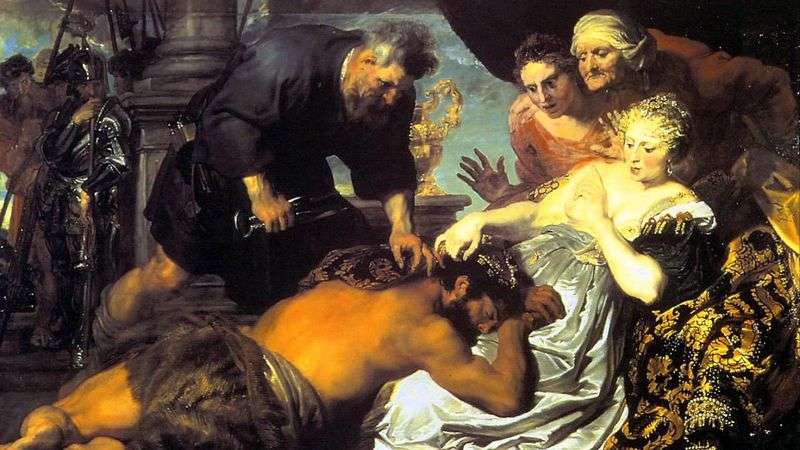
We have not reached the memories of contemporaries about this picture – for the first time it was mentioned only in 1711. But the way it is written allows us

Portraits of Van Dyck often wrote against the backdrop of landscapes that played an applied role and therefore were not thoroughly studied by the artist. It is more interesting to
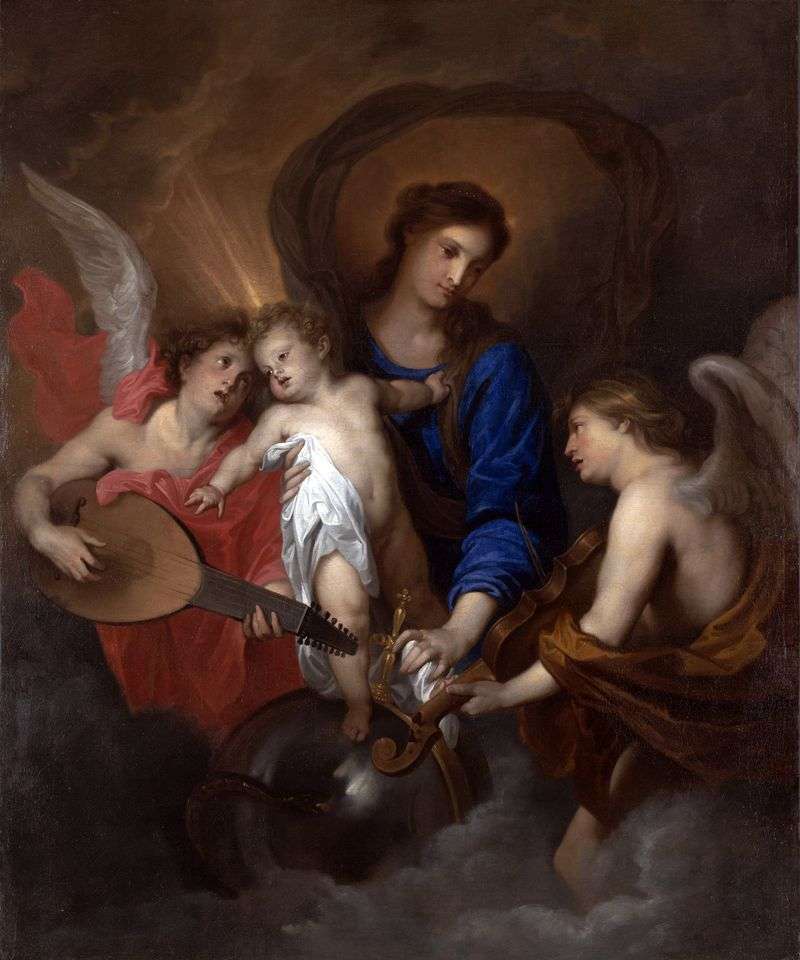
Many of the early paintings of Van Dyck are written on religious subjects). However, the peak of religious themes in his work fell in 1627-32, when the artist created a
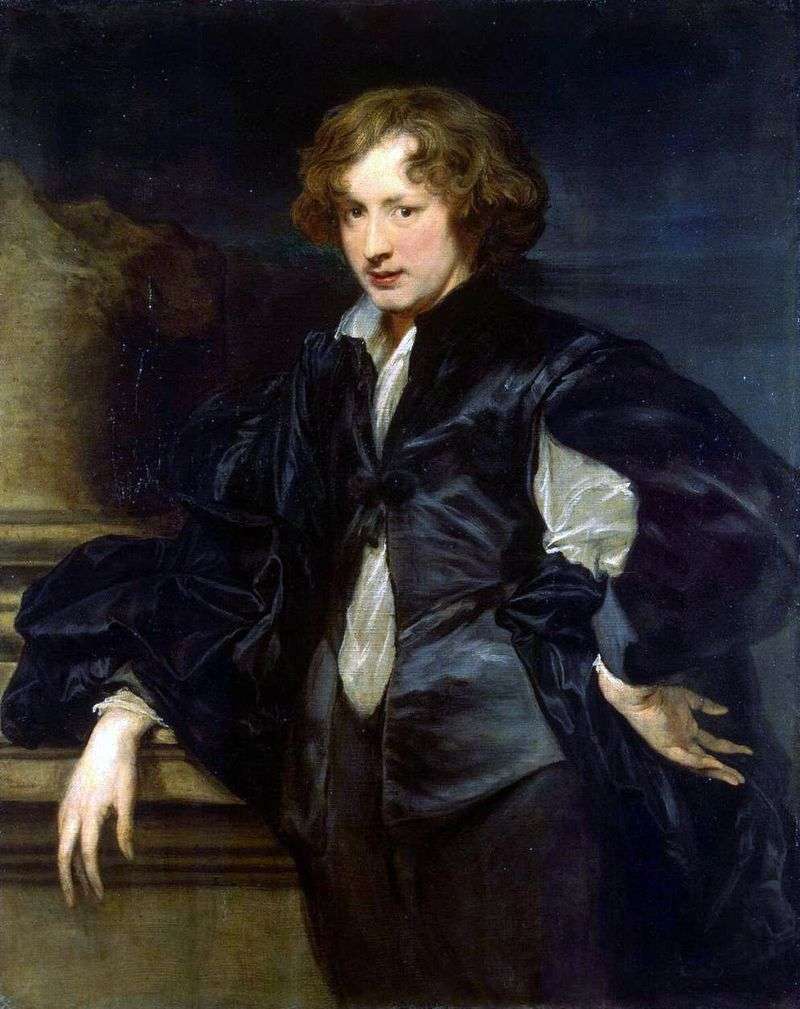
“Self-portrait”, written by Van Dyck, after he returned from Italy, is the pearl of the Hermitage collection. He is one of the best works of the artist in his genre.
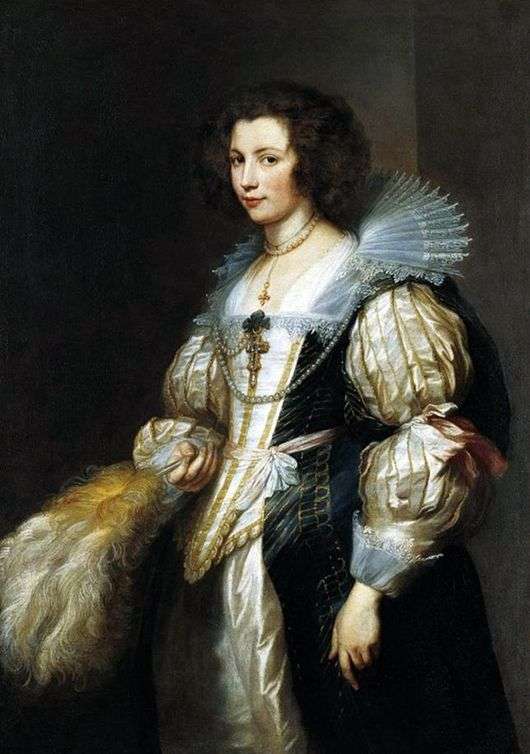
The family de Tassis originated from Bergamo and became famous for inventing the first postal system in Europe at the end of the XV century.. Maria originated from the Antwerp
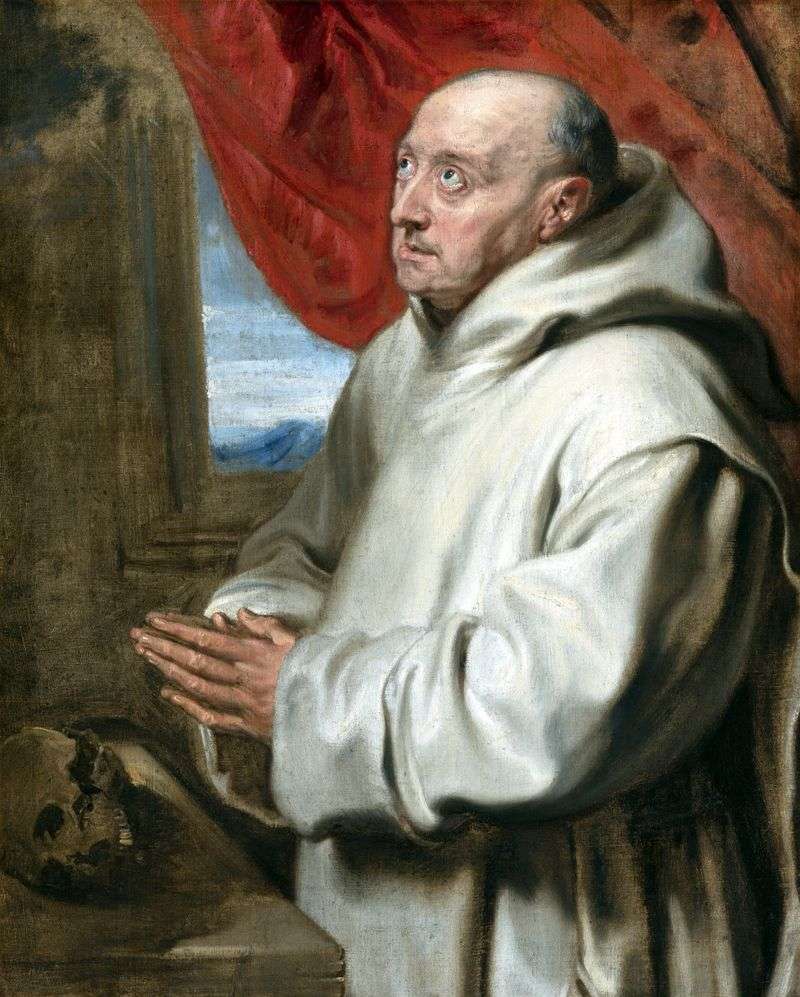
The painting “Saint Bruno” is supposed to be performed by the Flemish painter Anthony van Dyke in the early period of his work, when a young artist, already admitted to

Written about 1638, the portrait of the two Stuart brothers before their departure abroad can be considered the pinnacle of the art of the ceremonial portrait. Everything in him is
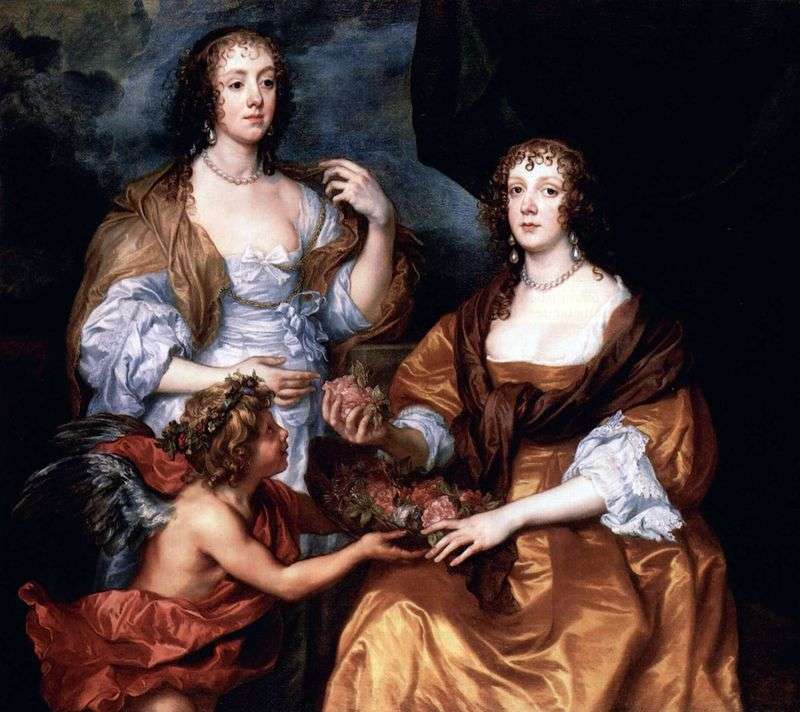
The artist painted this portrait during his stay in England, being the courtier of King Charles I. This is the ceremonial portrait of Lady Elizabeth Timbleby and Dorothy of the
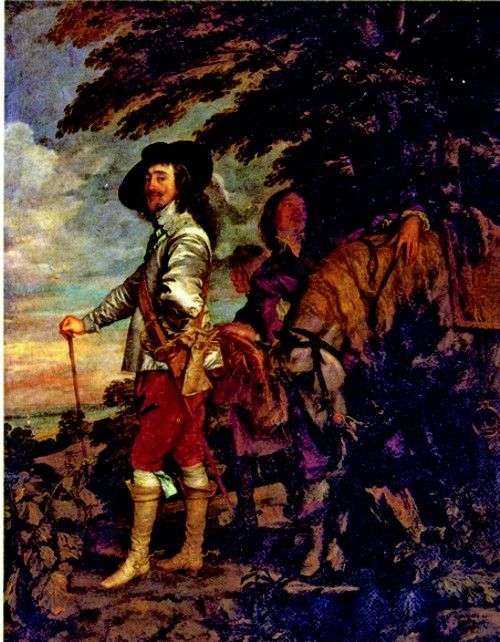
Wonderful Flemish painter, draftsman and engraver Antonis Van Dyke became one of the creators of the genre of the ceremonial portrait of the XVII century. The influence of his work
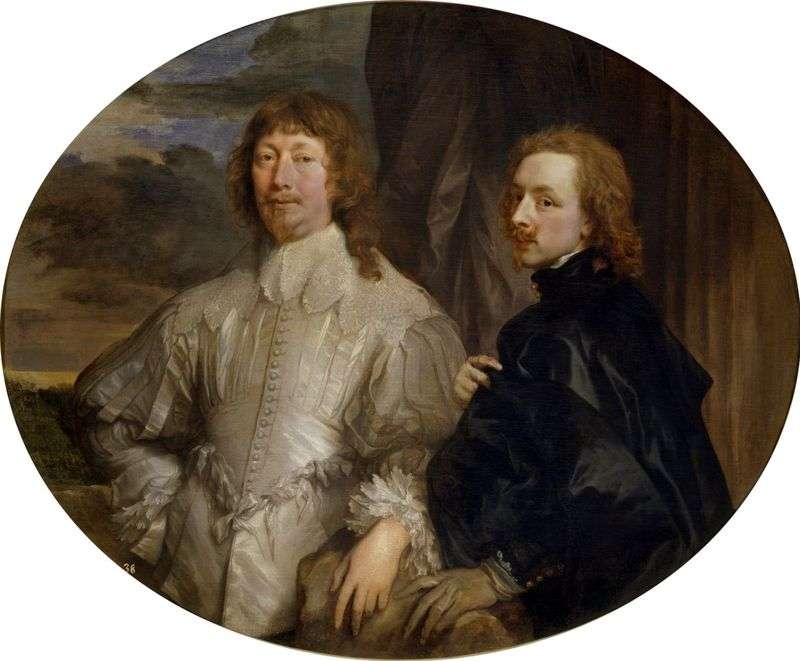
Creativity Van Dyck, an adherent of Flemish realism, determined the development of the school of painting of the second half of the XVII century in the direction of secularism. The
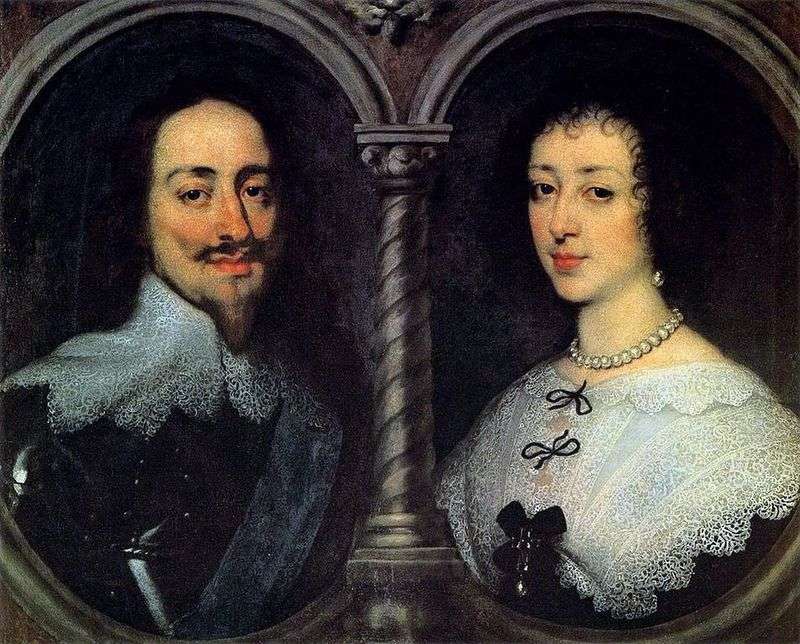
Around 1627, Van Dyck painted a portrait of the brothers Lucas and Cornelis de Val, Flemish artists. They were hospitable hosts – Van Dyke lived in their house in Genoa,
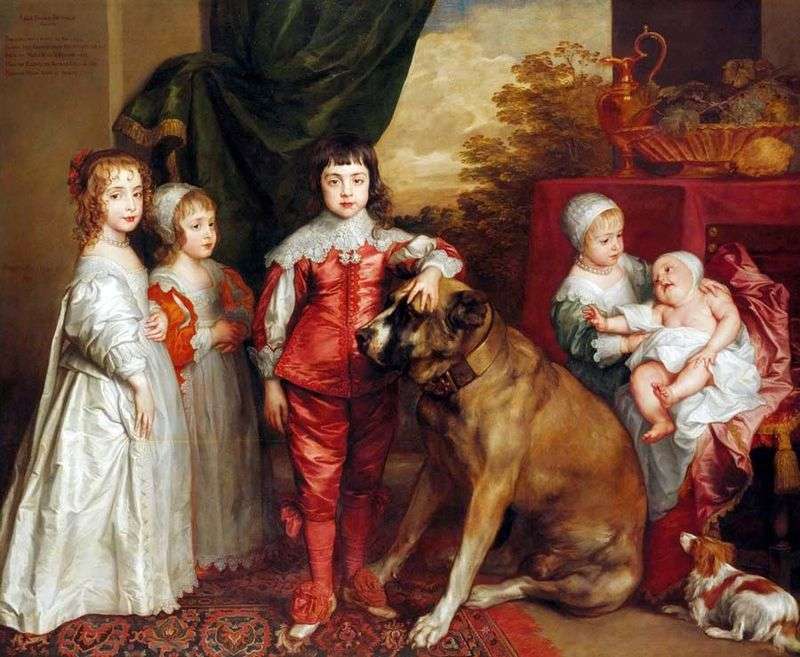
In the center of the portrait, with a hand on the head of a huge mastiff, stands Prince Charles. To his right is Princess Mary, the first royal princess and

All the evangelists say that when Jesus Christ died on the cross, his disciple, a rich man named Joseph from the city of Arimathea, went to Pontius Pilate to ask

Henriette Maria of France is the youngest daughter of King Henry IV and Maria de ‘Medici. At the age of 16 she was married to Charles I Stewart, King of
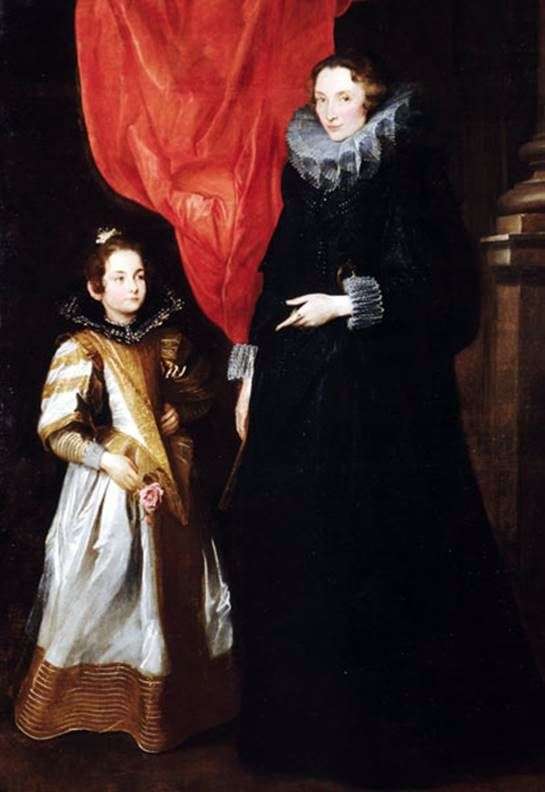
This portrait of the composition echoes another famous painting by Van Dyck – a portrait of Helen Grimaldi Cattaneo. The artist quite often resorted to a similar arrangement of figures,
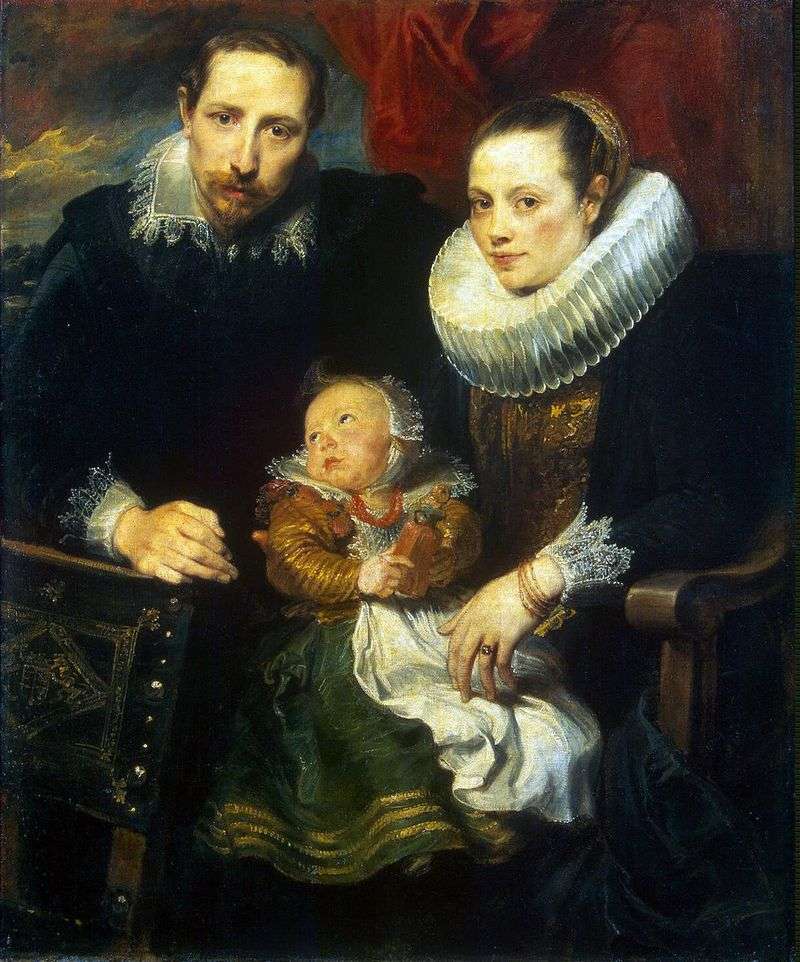
This painting is one of the most striking works of the painter. But it conceals a mystery in itself. It is difficult enough to resist the charm of this wonderful

Antonis van Dyck, a pupil and younger contemporary of Rubens, is one of the greatest artists of Flanders of the 17th century. In 1632, Van Dijk, having accepted the invitation